-
Leave Artifacts in the Park
It’s best to leave artifacts where you find them. Kids love to collect things like rocks, flowers and fossils, but there are often rules and regulations that require these items to stay within the park grounds. If you’re unsure, double check online or ask a local ranger. Even if the artifact is small, it still can have a significant impact on the environment.
-
Keep a Clean Campsite
Be sure to clean up all food and trash at your campsite. This also includes any spills that may have happened while cooking or eating outside—the residue can still attract wildlife. Be sure all of your food and toiletry items are properly put away and secured when you go to bed or leave the campsite.
-
Help Wildlife Stay Wild
Never feed or touch any wildlife you may encounter. If wild animals get too comfortable around humans or view humans as a primary food source, it can lead to aggressive behavior and dangerous interactions. Let wild animals be wild and safely enjoy them for a distance.
-
Avoid Damaging Trees
Never carve your name or initials into a tree trunk, as this can damage the tree and may even kill it. When setting up your campsite, be aware of any tree branches and try not to break them. And lastly, always buy local firewood for your campsite. Bringing your own firewood from home—especially if you’re traveling from far away—can introduce invasive species and diseases to the native trees around your campsite.
-
Clean Up After Fishing
If you choose to go fishing on your camping trip, be sure and clean up once you’re done. This includes any leftover fishing line, sharp objects like hooks and flys, and any bait or worms that may have fallen.
-
Don’t Put Trash in the Fire Pit
The fire pit is not a trash can. Glass, plastic and aluminum cans will not burn, and can even cause dangerous explosions if they get too hot. Even food waste should go into a proper trash bin. If you cook over an open fire, let the fire burn out before you leave it and wipe down the grills once everything has cooled down (leftover food residue on the grill may attract wild animals).
-
Stay On Designated Trails
When hiking and exploring, always stay on designated trails. This includes avoiding any switch-backs and hiking down a slope. Venturing off-trail can damage the surrounding environment, create unnecessary erosion and harm new plant life that is trying to grow.
-
Use the Restroom Before You Hike
Whenever possible, try to use the restroom before you head out on your hike. But it doesn’t hurt to bring bathroom supplies with you just in case, thi includes toilet paper, trash bags and gloves. If you do have to use the restroom on your hike, make sure to collect any toilet paper and properly dispose of it when you’re done hiking.
-
Be Aware of Biological Soil
If you’re hiking in desert climates, it’s especially important that you stay on the trails. Desert trails are often lined with what’s called a cryptobiotic crust. This hardened soil along the edge of your trail may look irrelevant, but it is actually full of living organisms that are essential to desert ecosystems.
-
Keep Graffiti Out of Nature
Never draw, paint or mark any natural surfaces when you’re camping or hiking. Not only is it unsightly, but ink and paint can be really damaging to plants and erode natural surfaces. If you’re lucky enough to see ancient pictographs or petroglyphs while hiking, do not touch them. They’ve likely been there for hundreds or years, so let’s try to keep them preserved for hundreds more.


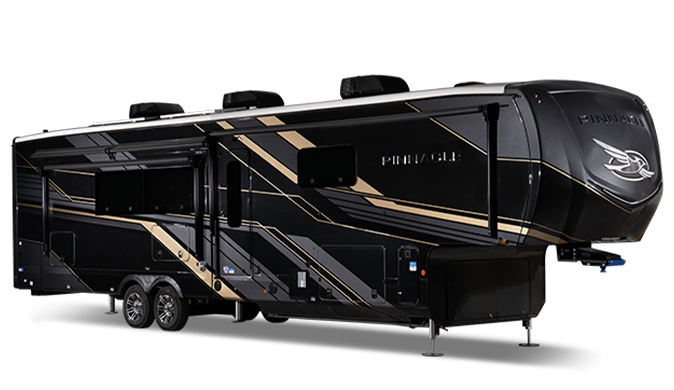
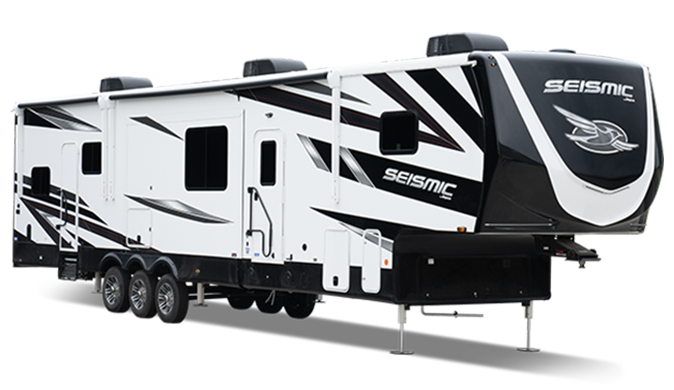

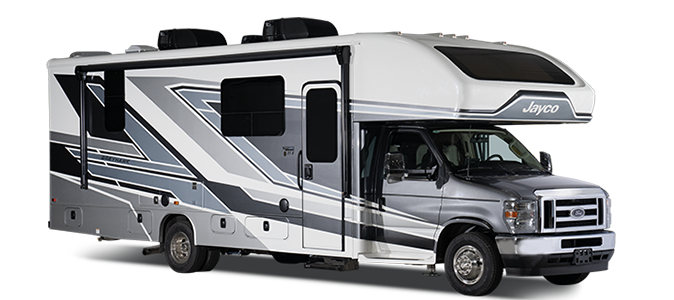

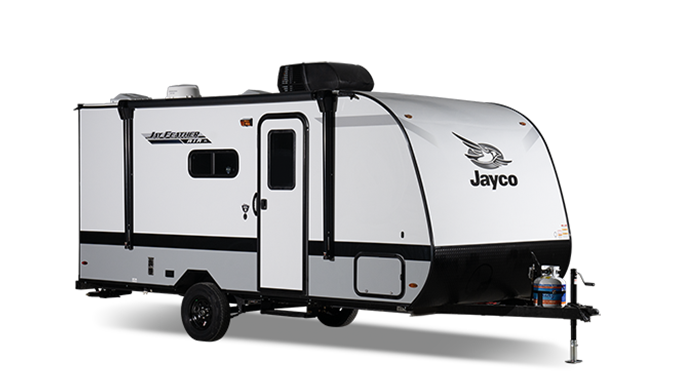


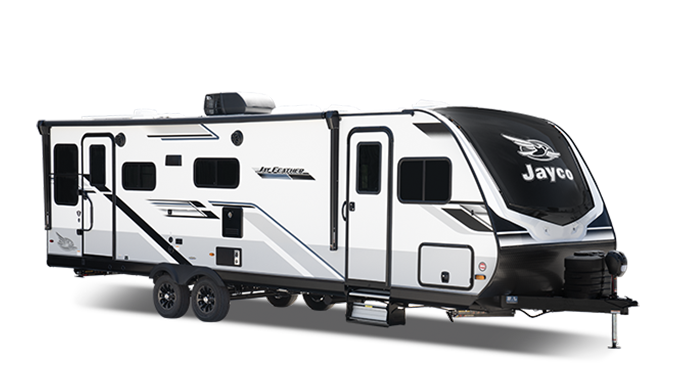
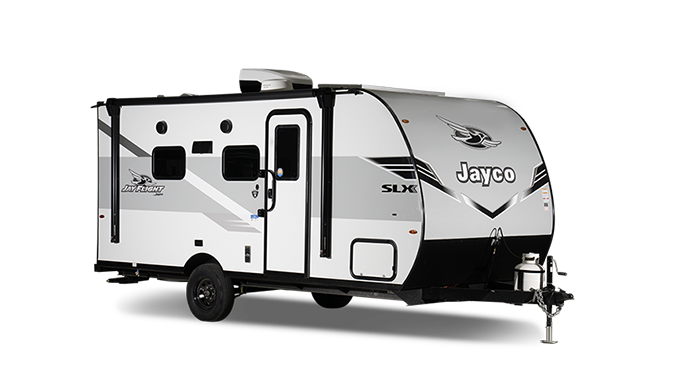
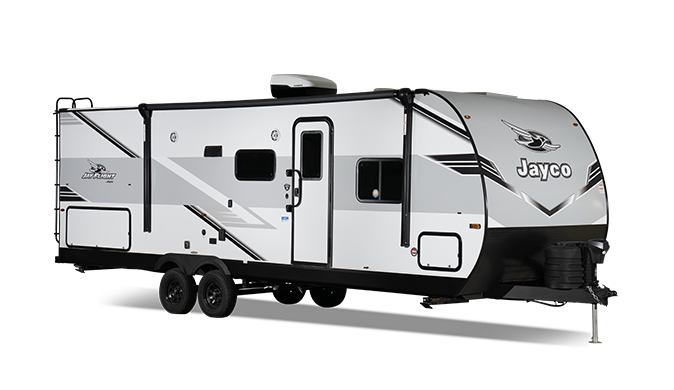
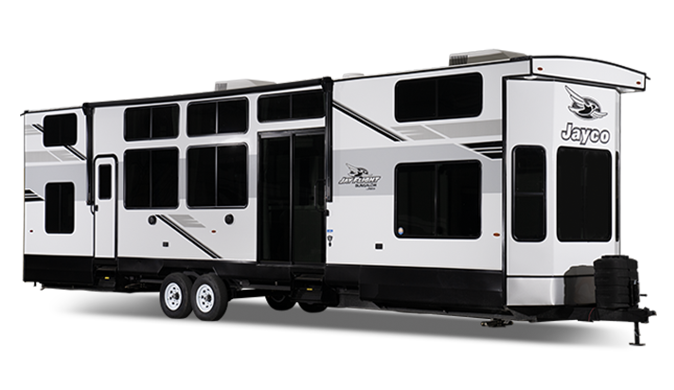
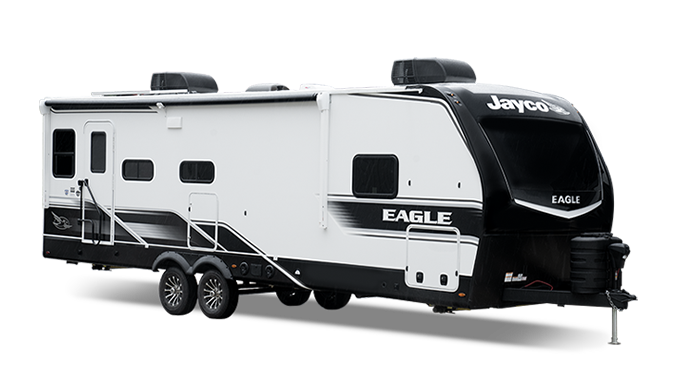
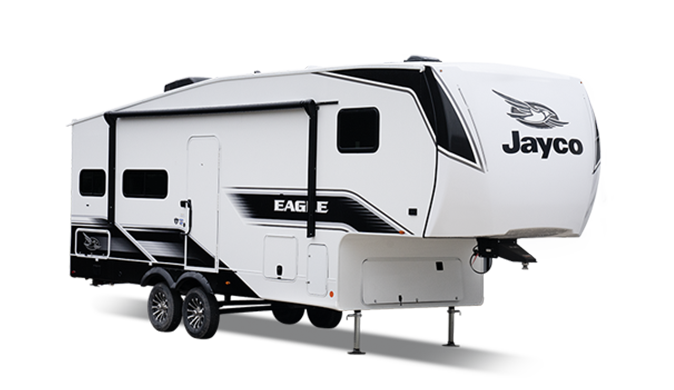
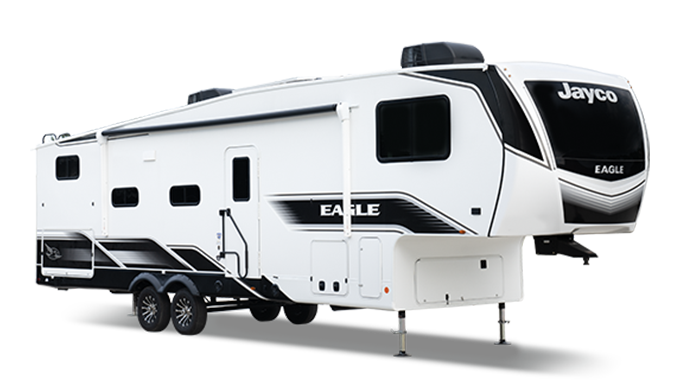
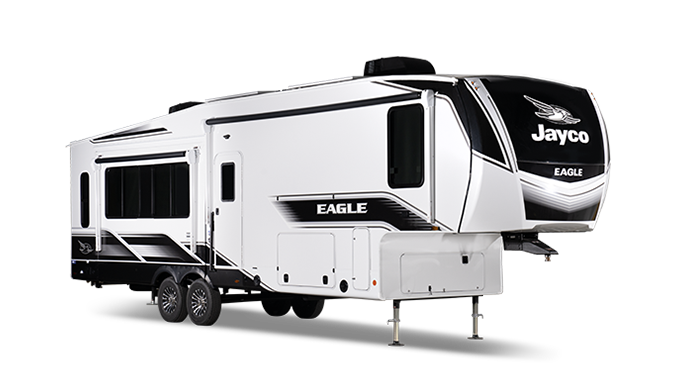
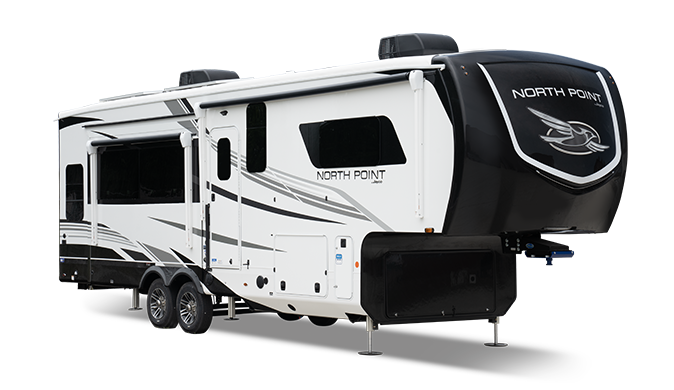

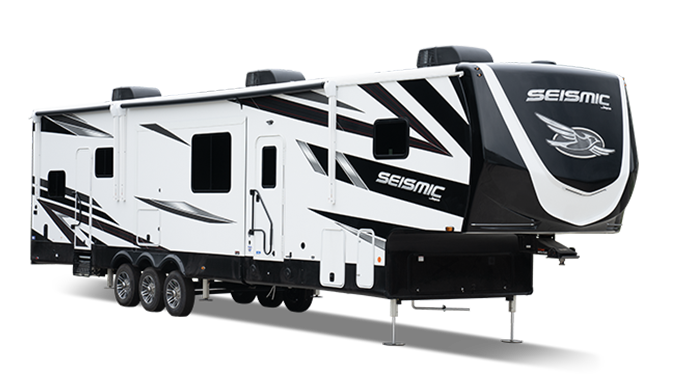
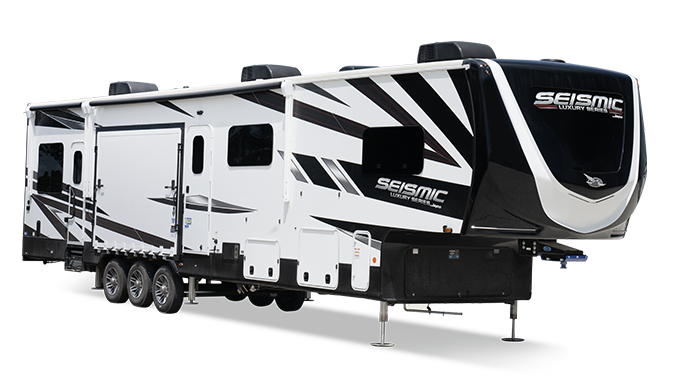




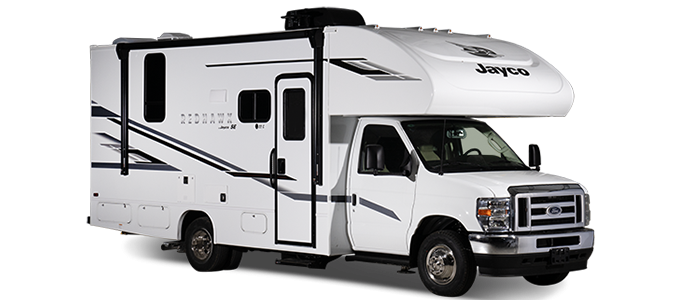

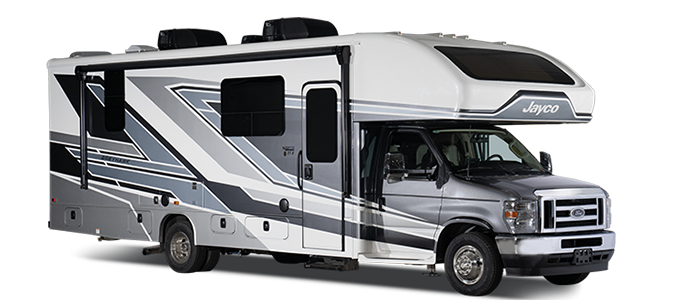

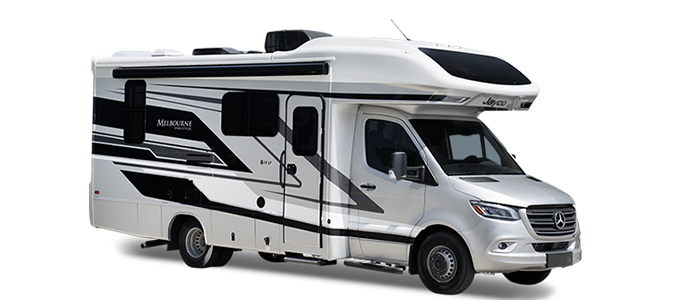

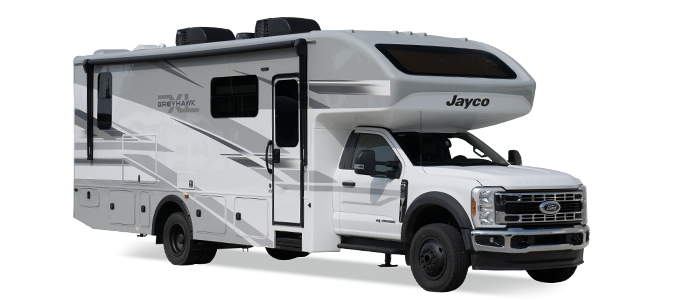
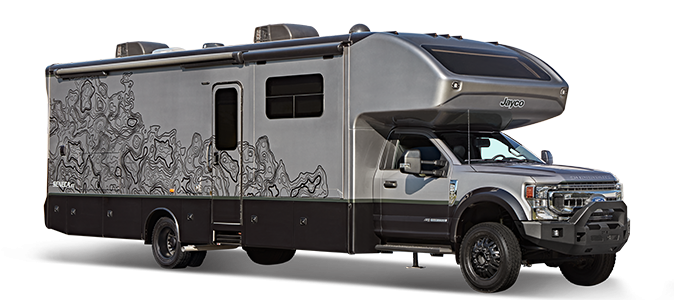
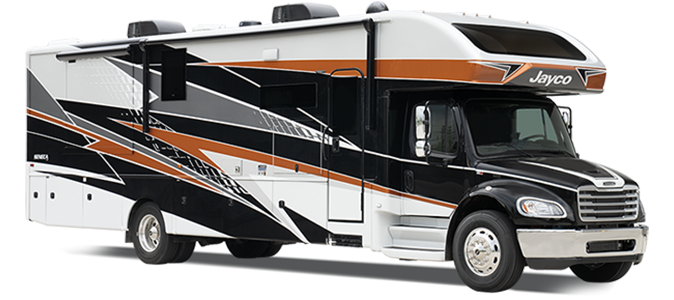
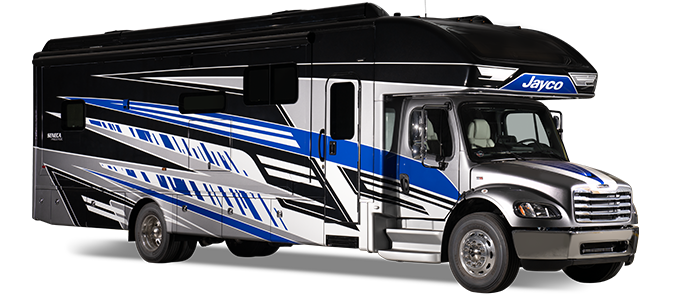
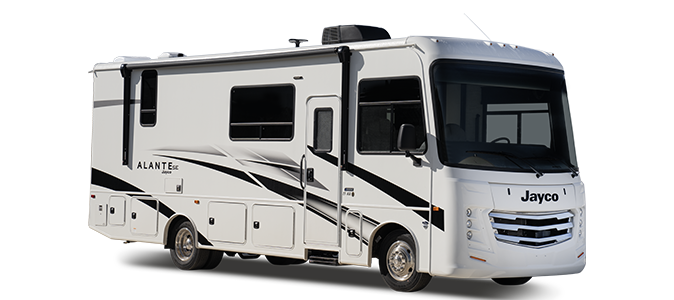
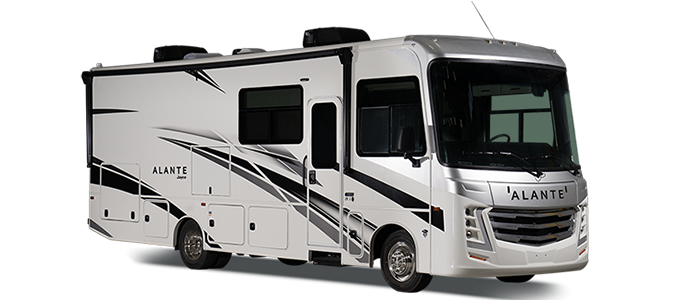




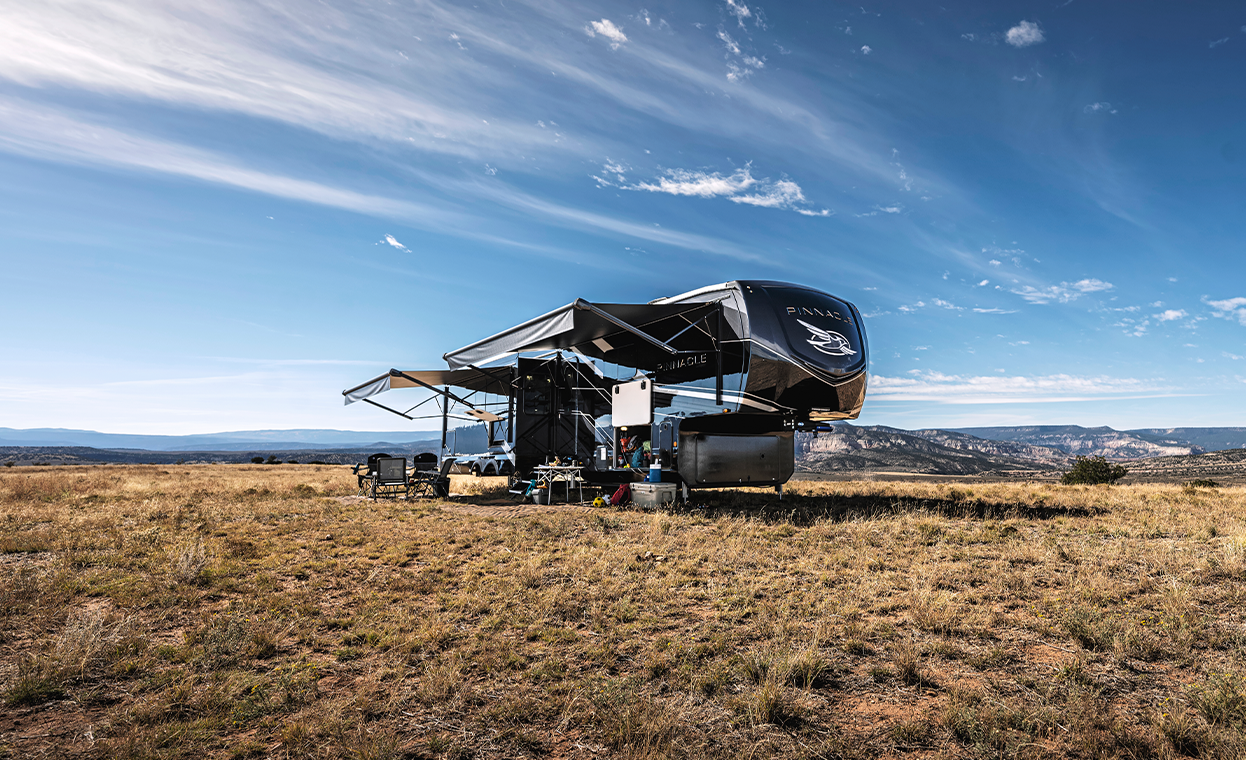
.png)
